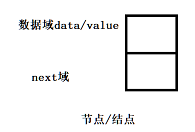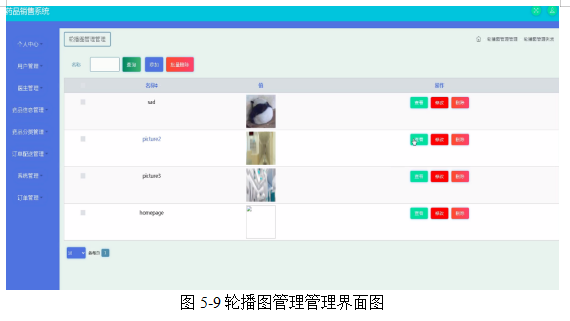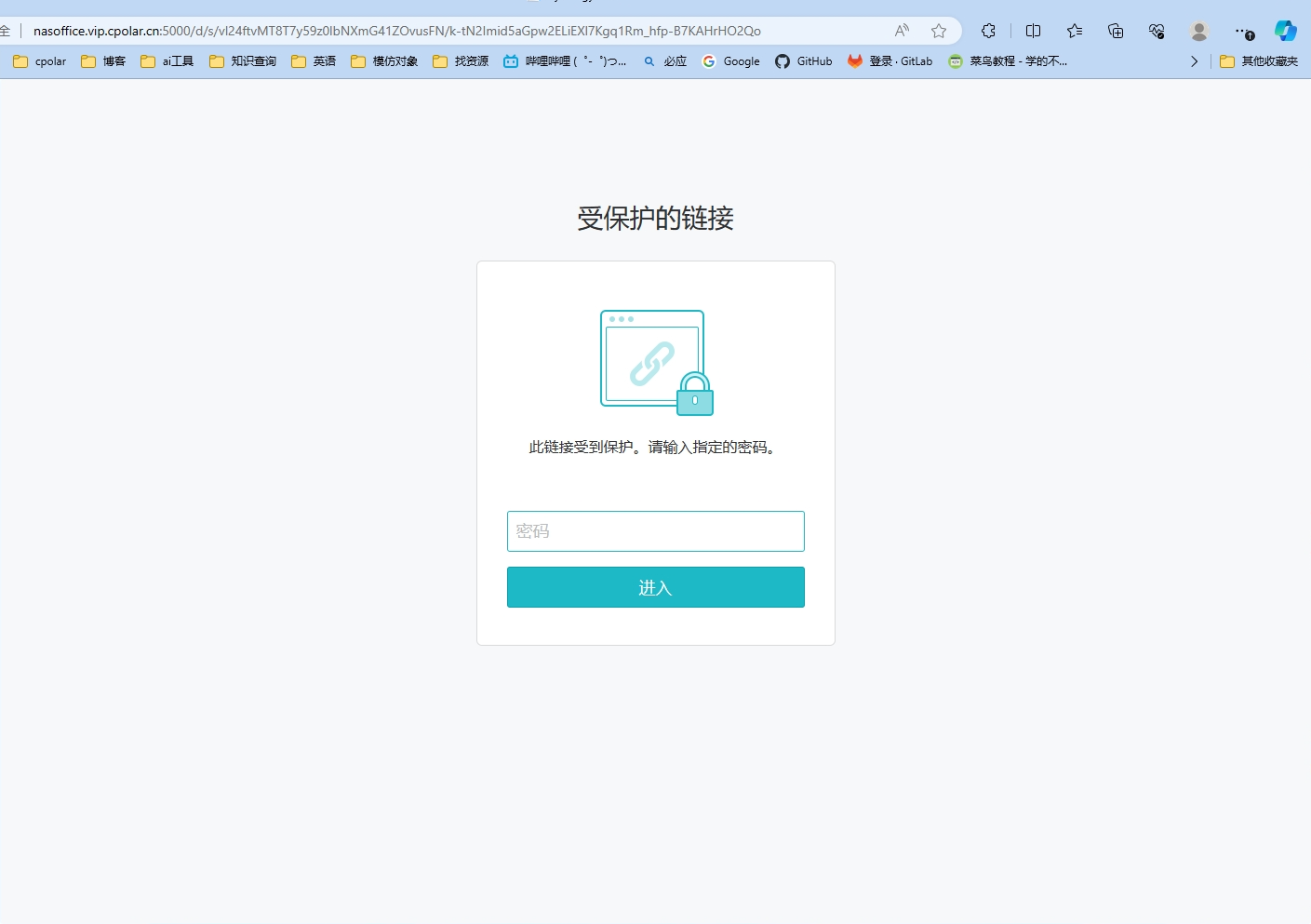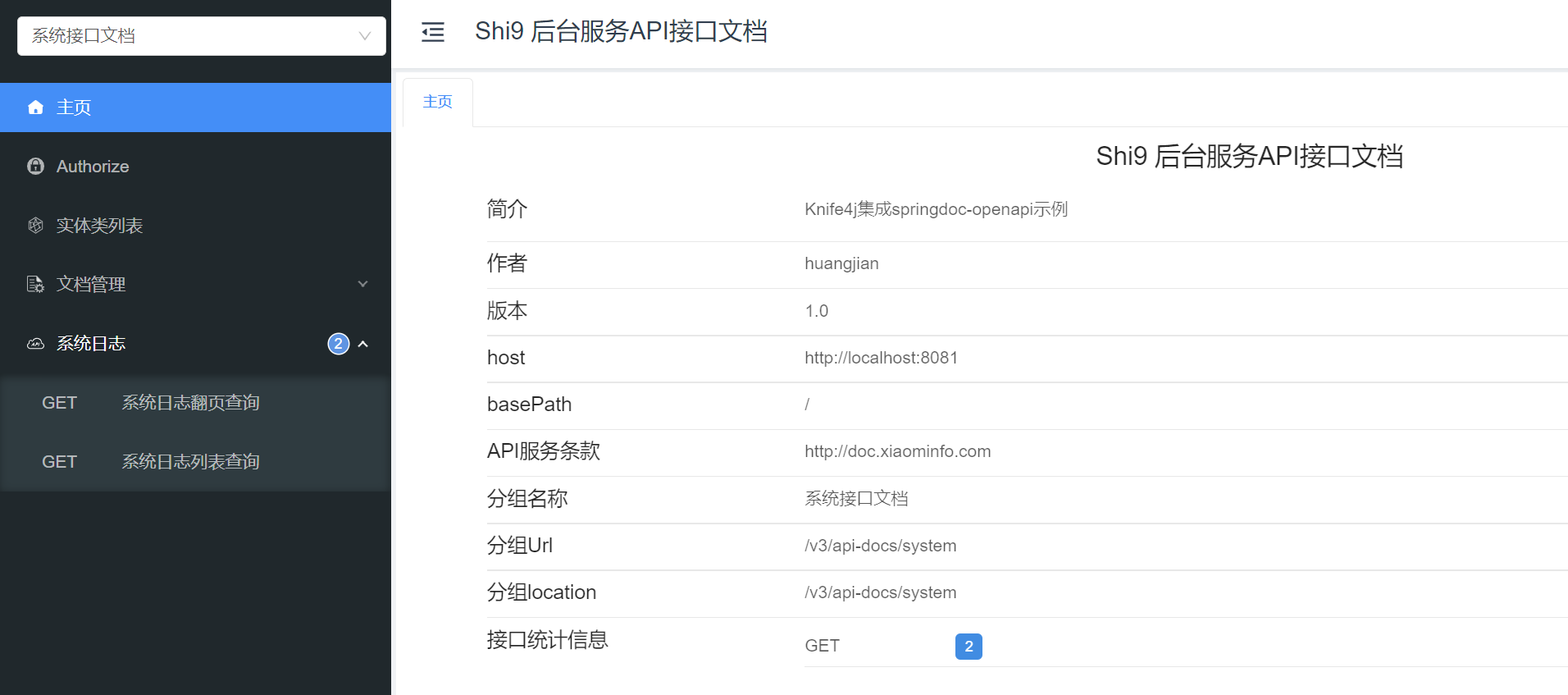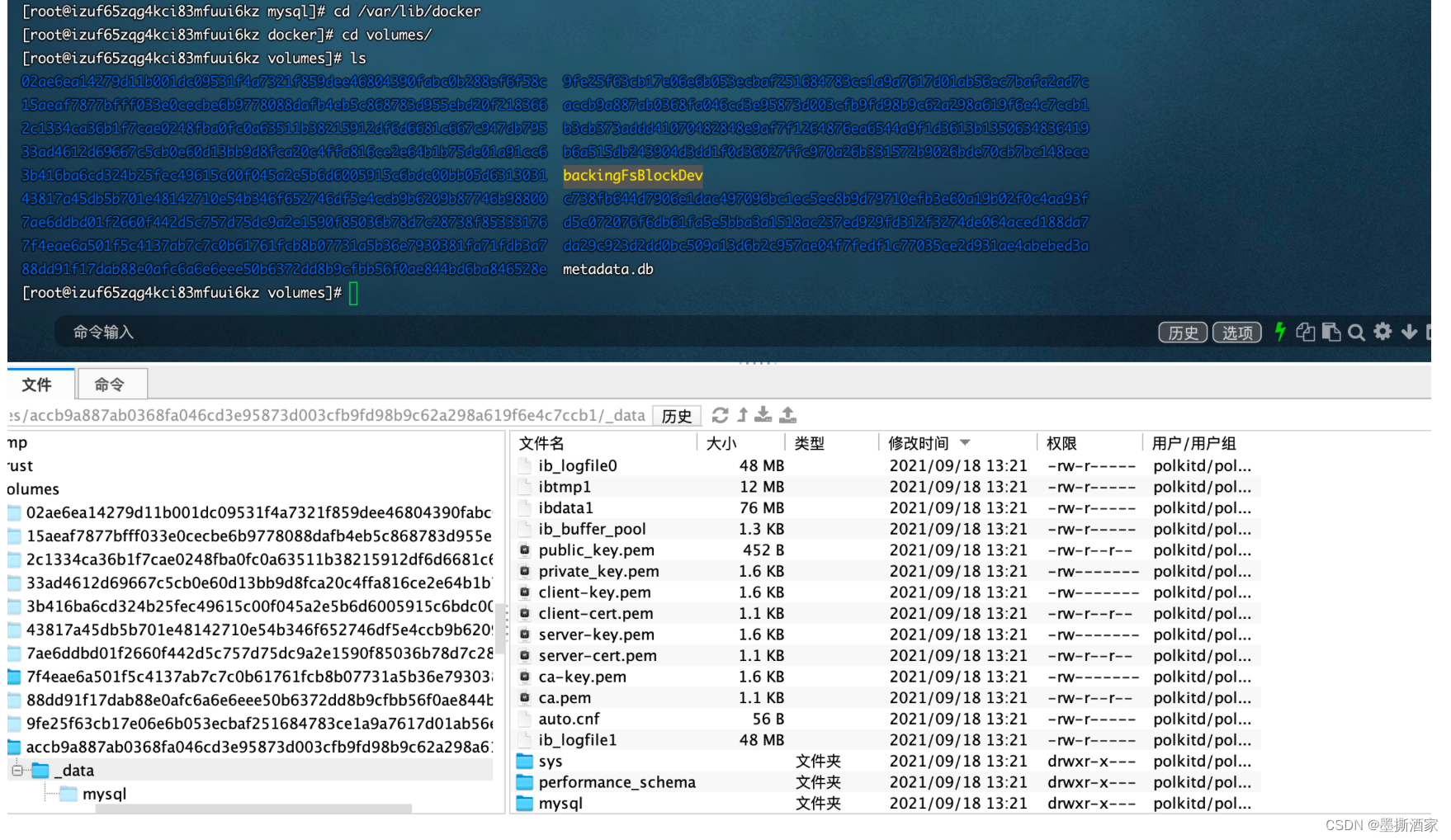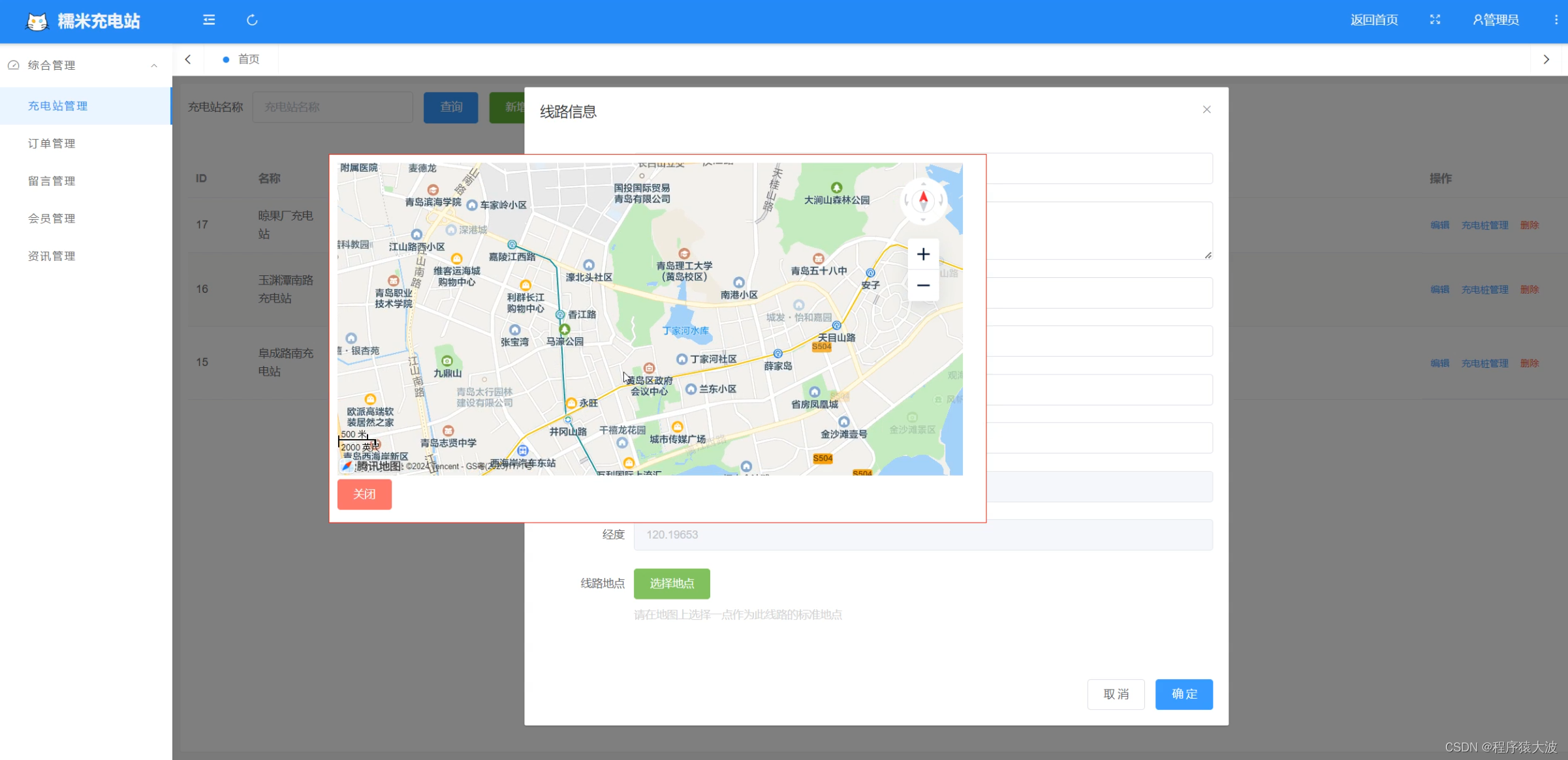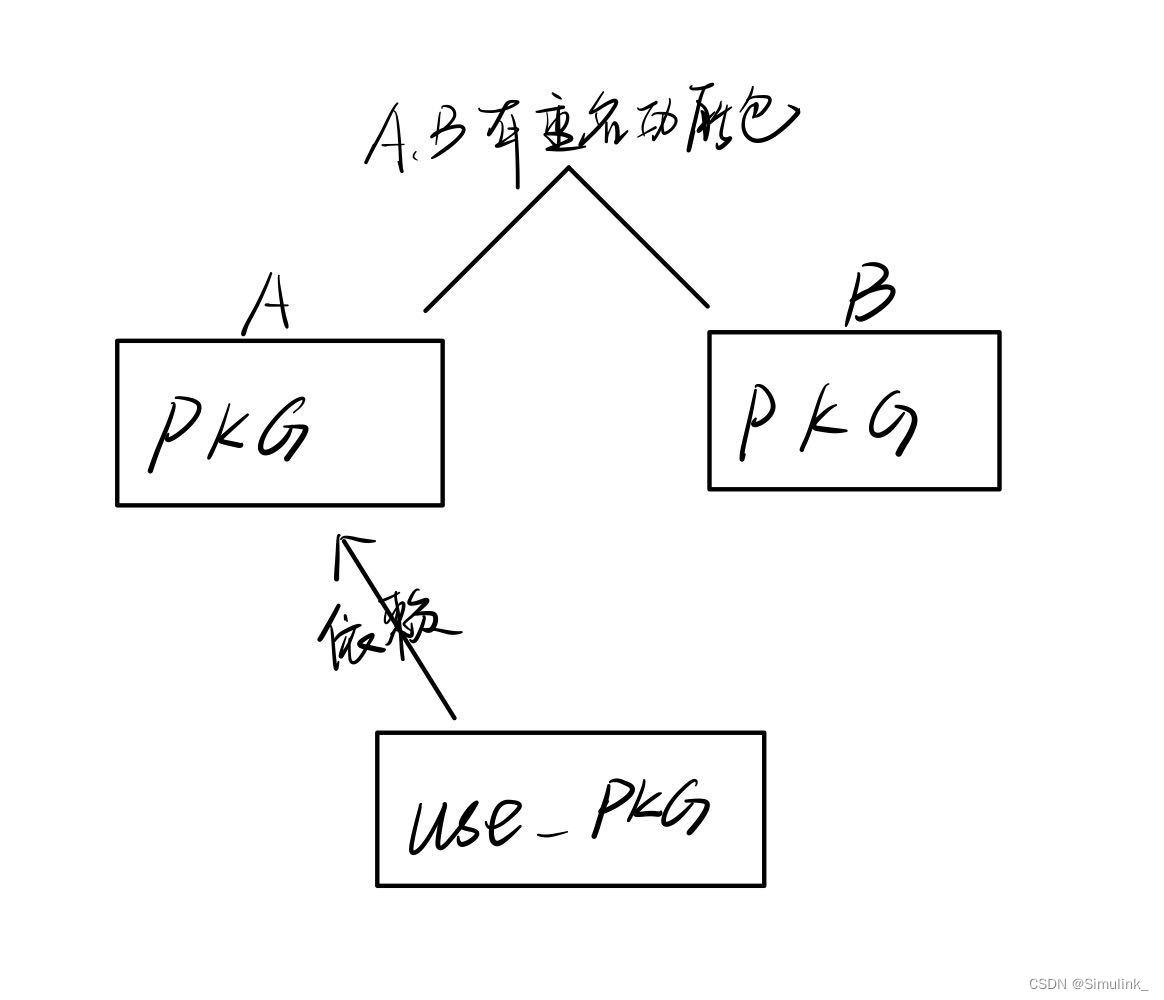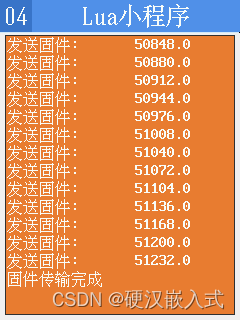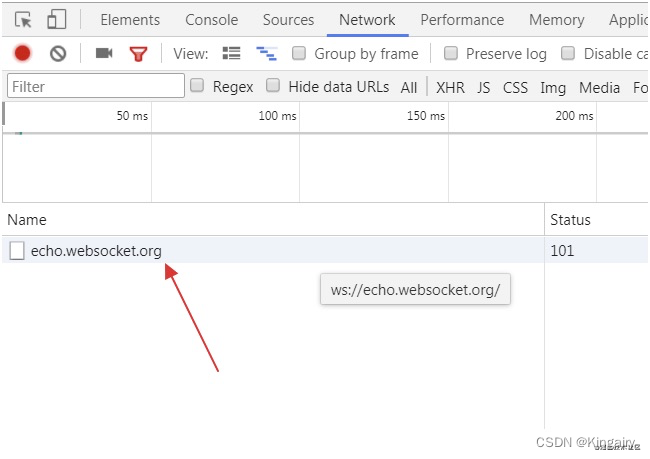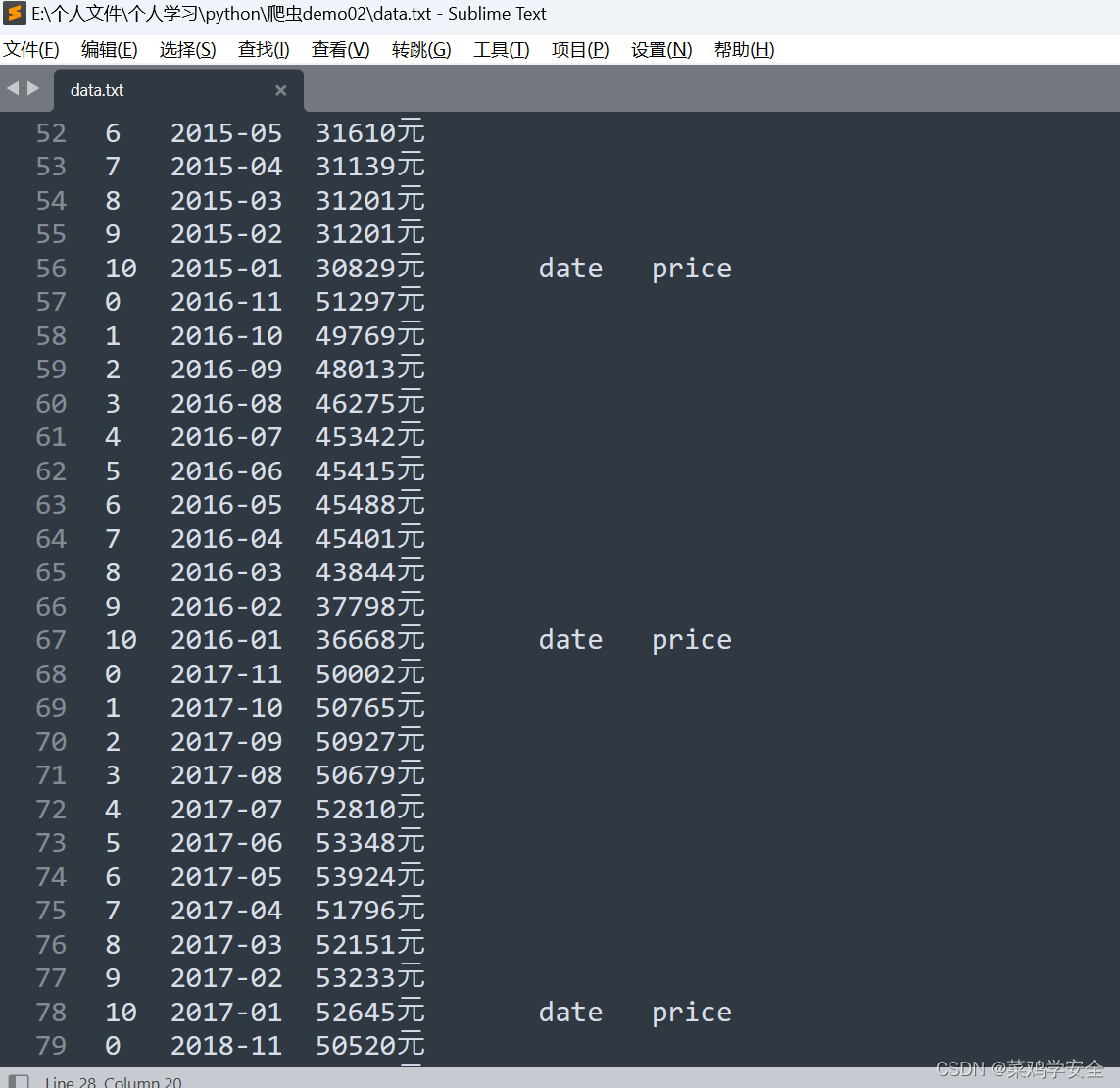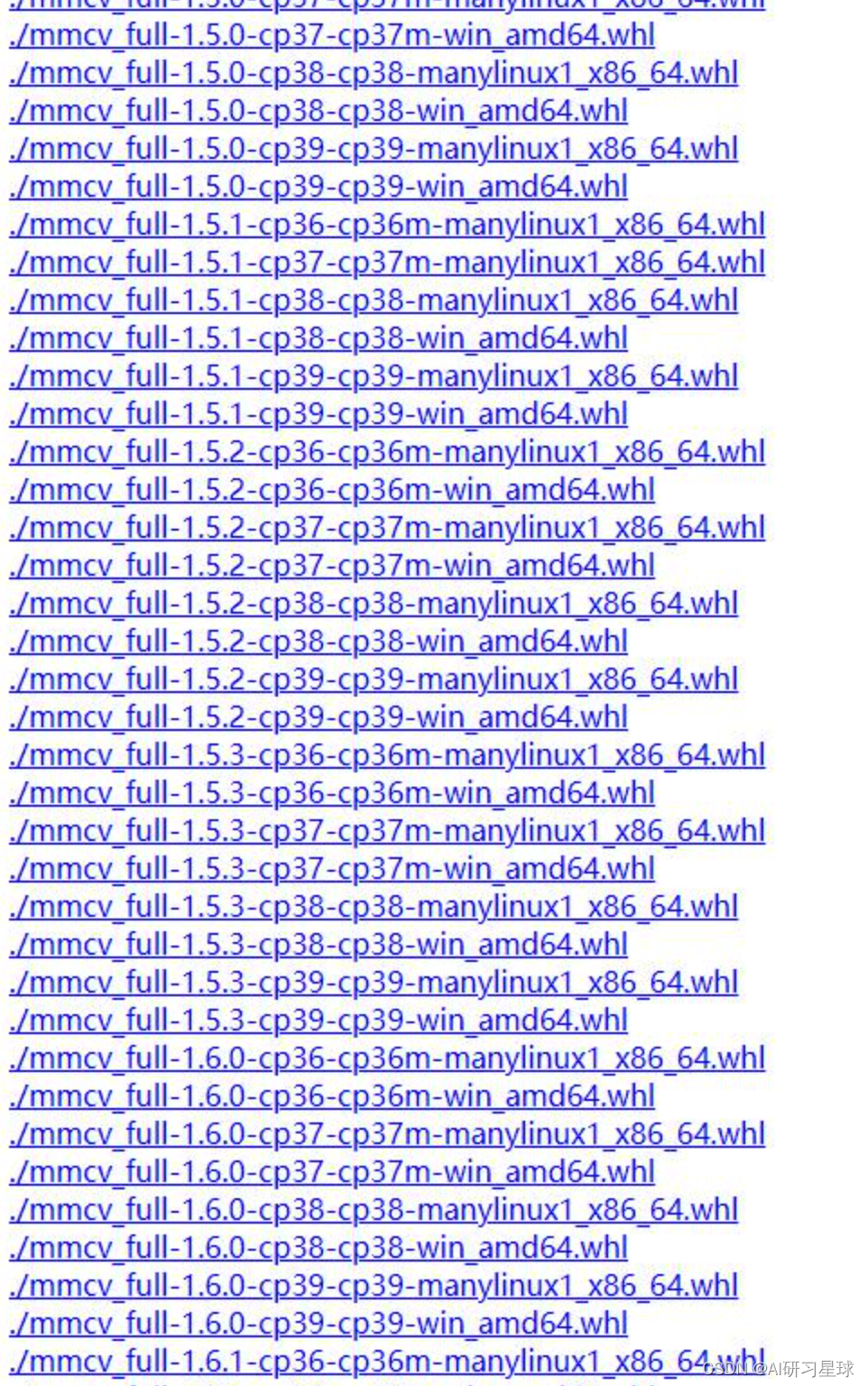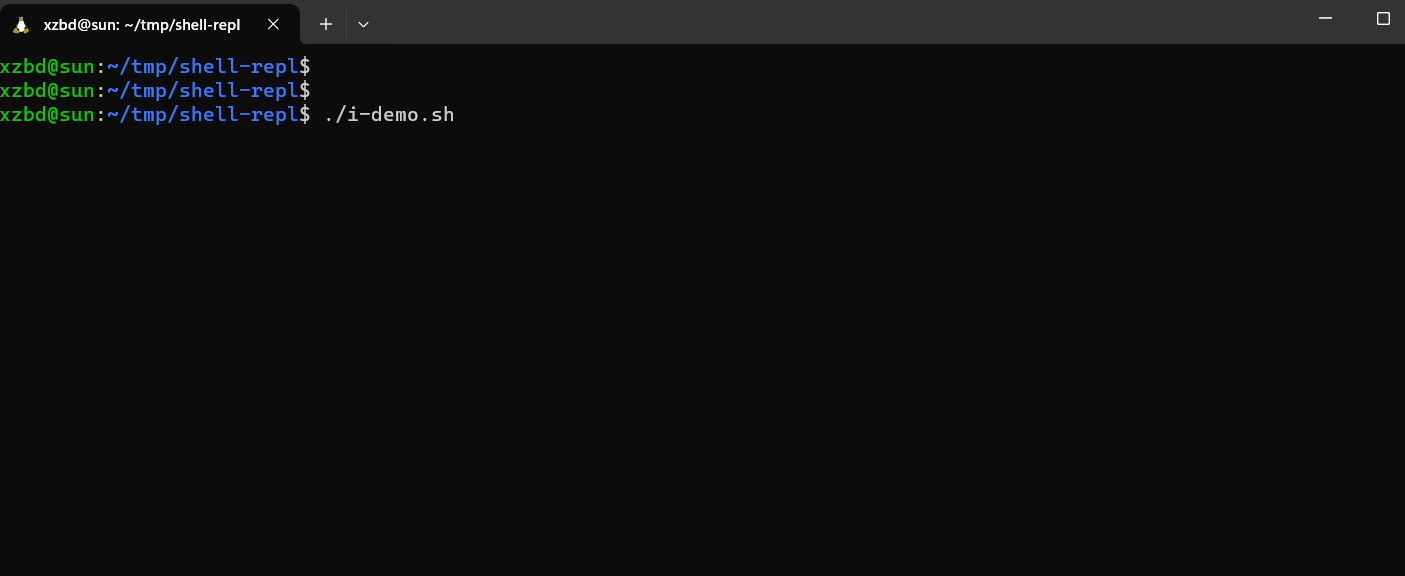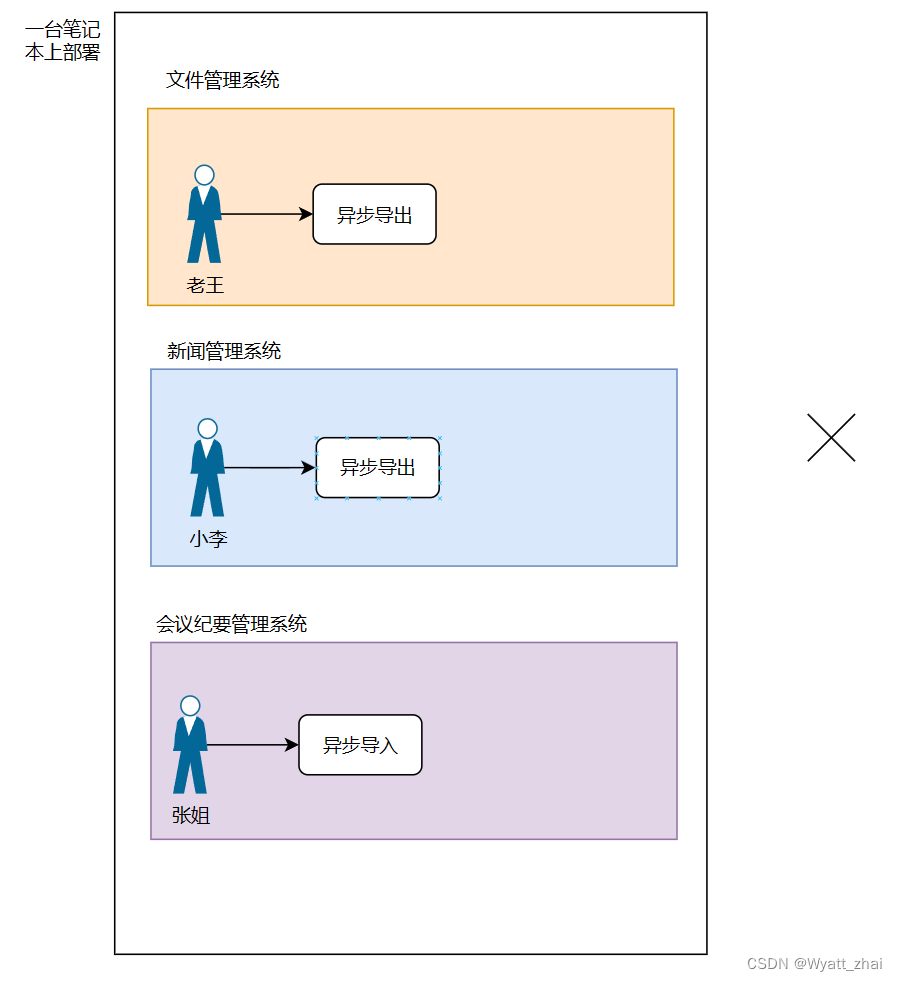文章目录
- 1. ArrayList存在的问题
- 2. 链表定义
- 2.1 链表的概念及结构
- 2.2 链表的组合类型
- 3. 链表的实现
- 3.1 单向、不带头、非循环链表的实现
- 3.2 双向、不带头节点、非循环链表的实现
- 4.LinkedList的使用
- 4.1 什么是LinkedList
- 4.2 LinkedList的使用
- 4.2.1. LinkedList的构造
- 4.2.2. LinkedList的其他常用方法介绍
- 4.2.3. LinkedList的遍历
- 5. ArrayList和LinkedList的区别
1. ArrayList存在的问题
- ArrayList底层使用连续的空间,任意位置插入或删除元素时,需要将该位置后序元素整体往前或者往后搬移,故时间复杂度为O(N)
- 增容需要申请新空间,拷贝数据,释放旧空间。会有不小的消耗。
- 增容一般是呈2倍的增长,势必会有一定的空间浪费。例如当前容量为100,满了以后增容到200,我们再继续插入了5个数据,后面没有数据插入了,那么就浪费了95个数据空间。
由于其底层是一段连续空间,当在ArrayList任意位置插入或者删除元素时,就需要将后序元素整体往前或者往后搬移,时间复杂度为O(n),效率比较低,因此ArrayList不适合做任意位置插入和删除比较多的场景。因此:java集合中又引入了LinkedList,即链表结构。
2. 链表定义
2.1 链表的概念及结构
链表是一种常见的数据结构,它由一系列节点组成,每个节点包含两部分:数据元素 (value) 和指向下一个节点的指针 ( next 域 )。通过这些节点的连接,可以形成一个链式结构。
【单个节点】:
节点(Node):链表的基本单元,包含数据域和next指针域。数据域可以是任意类型的数据,指针指向下一个节点。每个节点都是一个对象。
【节点组成的链式结构】:


结论: 链表是一种物理存储结构上非连续存储结构,数据元素的逻辑顺序是通过链表中的引用链接次序实现的 。
2.2 链表的组合类型
1、单向或者双向
根据节点的指针数量,链表可以分为单向链表和双向链表。
单向链表每个节点只有一个指针,指向下一个节点;

双向链表每个节点有两个指针,分别指向前一个节点和后一个节点。

2、带头或者不带头
带头节点的链表在第一个节点之前有一个额外的头节点,用于标识链表的起始位置。(head的value是无意义的,如果想从最开头插入数据时,head是不可变的,从head后面插入)

不带头节点的链表则直接以第一个节点作为链表的起始位置。(head是第一个节点,有value的,如果想从最开头插入数据时,head是可变的,变成新插入的节点)

3、是否循环:

循环链表是在链表的尾部节点和头部节点之间形成一个循环连接,使得链表的最后一个节点指向头部节点。

结合上述结构可以组合出8中链表种类:
单向、带头节点、非循环链表
单向、带头节点、循环链表
单向、不带头节点、非循环链表(重点)
单向、不带头节点、循环链表
双向、不带头节点、非循环链表(重点)
双向、不带头节点、循环链表
双向、带头节点、非循环链表
双向、带头节点、循环链表
3. 链表的实现
3.1 单向、不带头、非循环链表的实现
- 节点的定义
//静态内部类定义节点public static class ListNode {public int data;//数据域public ListNode next;//指向下一个节点public ListNode(int data) {this.data = data;}}public ListNode head; // 表示当前链表的头节点 方便找到链表的第一个元素

2. 创建链表(穷举法)
public void createLinkedList() {ListNode node1 = new ListNode(12);ListNode node2 = new ListNode(23);ListNode node3 = new ListNode(34);ListNode node4 = new ListNode(45);ListNode node5 = new ListNode(56);//把链表的节点连起来node1.next = node2;node2.next = node3;node3.next = node4;node4.next = node5;//使用head节点来记录链表的入口this.head = node1;}
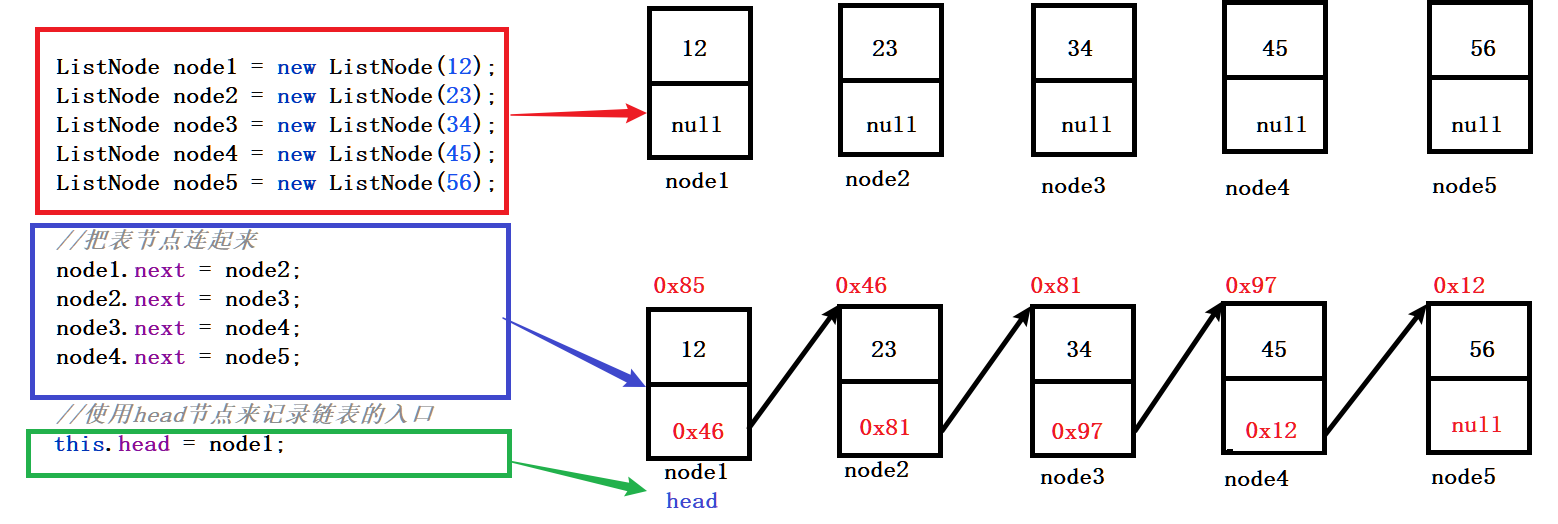
使用debug,发现所有节点链接起来了
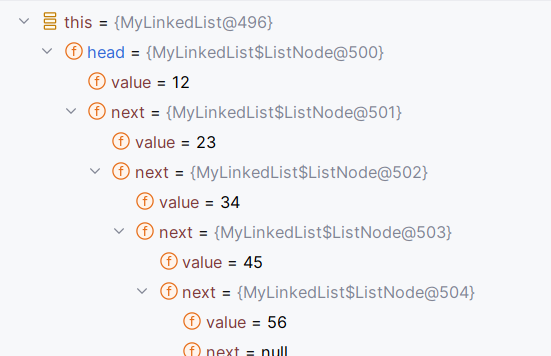
之后,可以使用head节点,获取所有的节点
- 打印链表
(1) 怎么从一个节点走向下一个节点
移动head,走向下一个节点,使用head = head.next;就可以实现

(2)怎么判断所有节点都遍历完
当head指向null时,则所有节点遍历完毕

public void display() {ListNode cur = this.head;//防止其他方法无法使用head,无法找到链表的第一个元素,使用临时变量curwhile (cur != null) {//当cur指向null时,则所有节点遍历完,循环结束System.out.print(cur.value + " ");cur = cur.next;//不断移动cur指向下一个节点}System.out.println();}
- 头插法添加数据
头插法插入数据分为三步:
(1)实例化一个节点
(2)改变插入结点的next指向原来链表的第一个节点
(3)改变head指向新节点

@Overridepublic void addFirst(int data) {ListNode listNode = new ListNode(data);if (this.head == null) {this.head = listNode;} else {listNode.next = this.head;this.head = listNode;}}
- 尾插法添加数据
尾插法添加数据分为二步:
(1)实例化一个节点
(2)找到最后一个节点
(3)将链表的原来的最后一个节点指向新的节点

public void addLast(int data) {ListNode listNode = new ListNode(data);if (this.head == null) {this.head = listNode;} else {ListNode cur = this.head;while (cur.next != null) {cur = cur.next;}cur.next = listNode;}}
【小总结】:
- 如果想让cur指向最后一个节点的位置,使用cur.next == null
- 如果想把整个链表遍历完成,那么就是cur == null
5.任意位置插入,第一个数据节点为0号下标
在链表随意位置插入数据分为四步:
(1)找到该节点要插入位置的前一个节点cur(前一个节点的原因,可以由前一个节点得到后一个节点,无法无法从后一个节点得到前一个结点),让cur走index-1步。
(2)实例化一个节点
(3)让新插入的节点的next指向要插入位置的节点,listNode.next = cur.next;
(4)让要插入位置的前一个节点cur的next指向新节点,cur.next = listNode;
注意:(3)和(4)的顺序要正确,再插入一个节点时,一定要先绑定后面这个节点
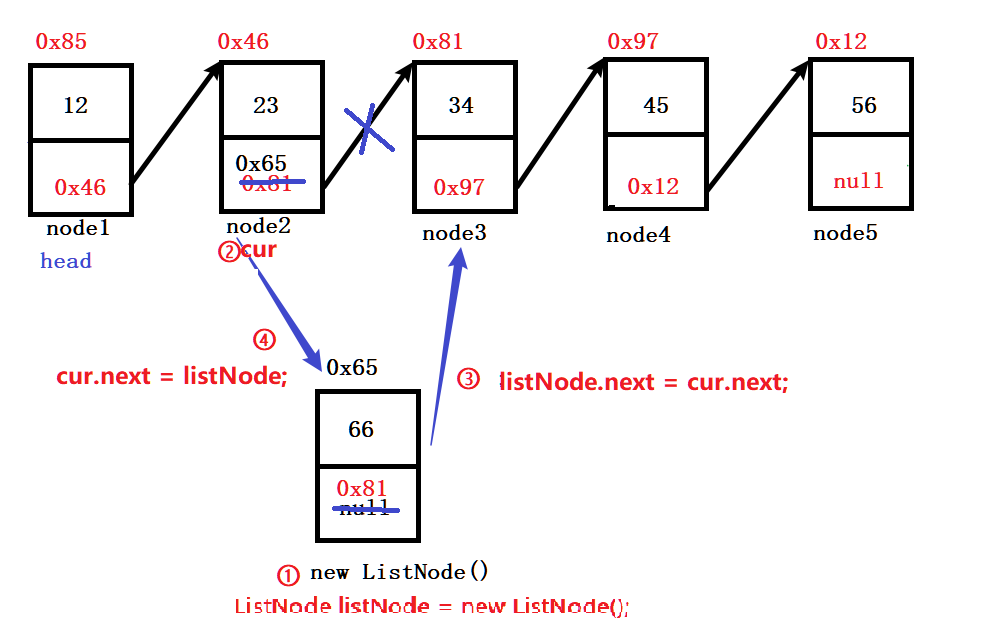
public void addIndex(int index, int data) {if(index<0||index>size()){//要先判断index的合法性throw new IndexOutOfBounds("链表下标越界");//自定义异常链表下标越界}if(index == 0){//在第一个位置插入,使用头插法的方法addFirst(data);}else if(index == size()){//在最后一个位置插入,使用尾插法的方法addLast(data);}else {//在中间位置插入ListNode listNode = new ListNode(data);//要插入的节点ListNode cur = searchPrev(index);//要插入位置的前一个节点listNode.next = cur.next;cur.next = listNode;}}private ListNode searchPrev(int index){ListNode cur = this.head;int count = 0;while (count != index -1){cur = cur.next;count++;}return cur;}- 删除第一次出现关键字为key的节点
删除链表中的节点分为三步:
(1)找到要删除节点的前一个节点cur
(2) 标记要删除的要素(也可以不要这一步)ListNode del = cur.next;
(3)让cur的next指向要删除的节点的下一个节点(要删除的节点没有被引用,JVM会自动回收)

在第一步中找到要删除节点的前一个节点cur,需要找到cur.next.value 和 key的值相等的节点,如果是引用类型时,现需要使用equals()方法,而不是==
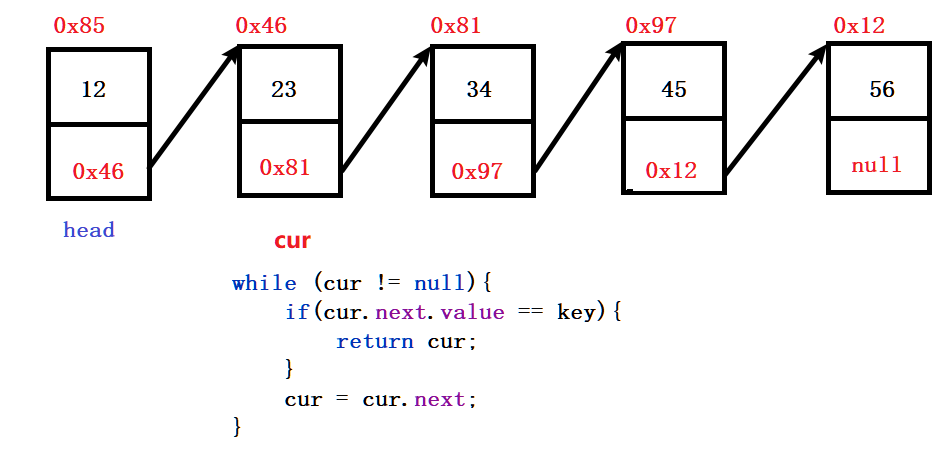
还有一种情况,当要删除的数据是第一个节点时,只需要让head指向第二个节点即可做到删除第一个节点
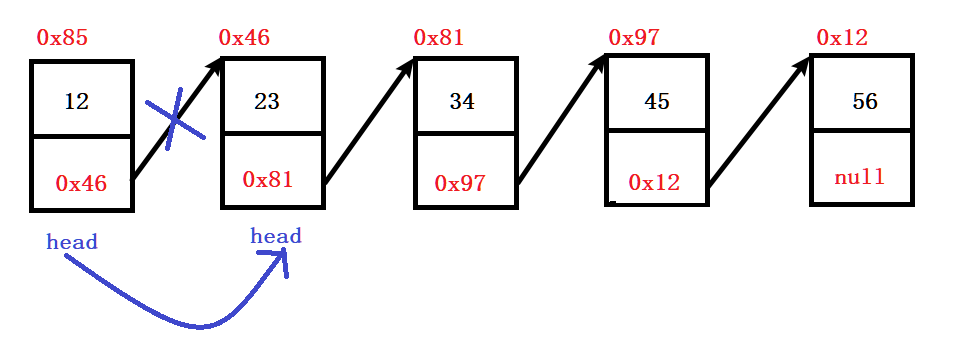
public void remove(int key) {//当要删除的数据是第一个节点if (this.head.value == key) {this.head = this.head.next;} else {//找到前驱ListNode cur = getPrev(key);//判断前驱是否存在if (cur == null) {System.out.println("要删除的数字不存在");} else {//删除节点ListNode del = cur.next;cur.next = del.next;}}}private ListNode getPrev(int key) {ListNode cur = this.head;while (cur != null) {if (cur.next.value == key) {return cur;}cur = cur.next;}return null;}
- 删除所有值为key的节点
删除所有值为key的节点分为三步:
(1)遍历链表,找到要删除节点cur
(2) 让cur的上一个节点指向cur的下一个节点,删除cur
(3)继续遍历链表,找到所有与key相等的节点,重复(1)(2)步骤,直至遍历完链表
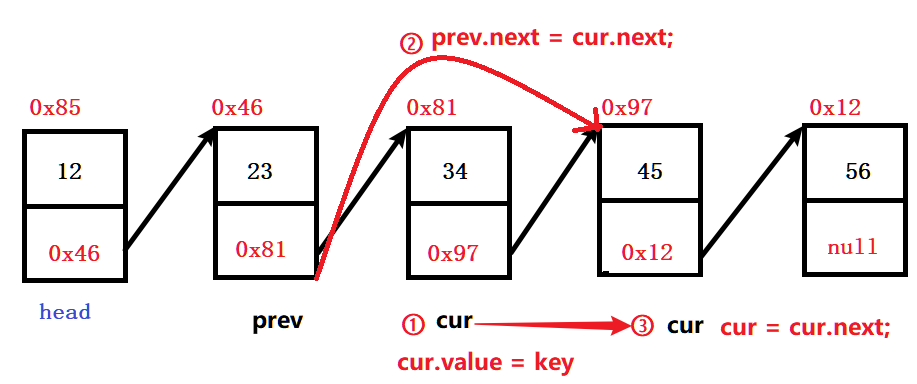
还有要考虑一种情况,当要删除的数据是第一个节点时,只需要让head指向第二个节点即可做到删除第一个节点
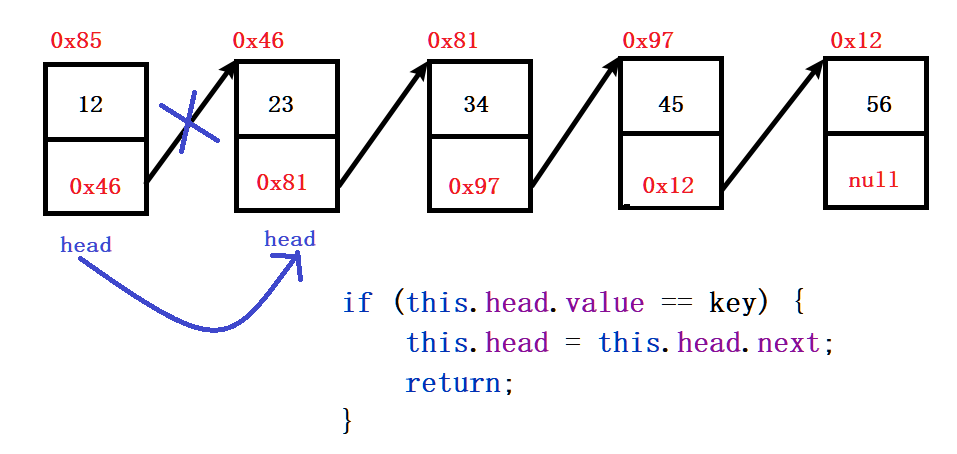
public void removeAllKey(int key) {if(this.head == null){return;}ListNode prev = this.head;ListNode cur = this.head.next;while (cur != null) {if (cur.value == key) {prev.next = cur.next;cur = cur.next;} else {prev = cur;cur = cur.next;}}if (this.head.value == key) {this.head = this.head.next;return;}}
- 清空链表
清空链表分为两种方式:
方式一:直接将head置为null(不推荐)
方式二:遍历节点,将每个节点的数值域和next域置为空

public void clear() {ListNode cur = this.head;while (cur != null) {ListNode curNext = cur.next;
// cur.value = null;// 引用类型value要置为nullcur.next = null;cur = curNext;}this.head = null;}
完整代码:
ILst接口:
public interface IList {//头插法public void addFirst(int data);//尾插法public void addLast(int data);//任意位置插入,第一个数据节点为0号下标public void addIndex(int index, int data);//查找是否包含关键字key是否在单链表当中public boolean contains(int key);//删除第一次出现关键字为key的节点public void remove(int key);//删除所有值为key的节点public void removeAllKey(int key);//得到单链表的长度public int size();public void clear();public void display();
}
自定义异常IndexOutOfBounds类
public class IndexOutOfBounds extends RuntimeException{public IndexOutOfBounds(String message) {super(message);}
}
MyLinkedList类:
public class MyLinkedList implements IList {//静态内部类public static class ListNode {public int value;public ListNode next;public ListNode(int value) {this.value = value;}}public ListNode head; //方便找到链表的第一个元素public void createLinkedList() {ListNode node1 = new ListNode(12);ListNode node2 = new ListNode(23);ListNode node3 = new ListNode(34);ListNode node4 = new ListNode(45);ListNode node5 = new ListNode(56);//把表节点连起来node1.next = node2;node2.next = node3;node3.next = node4;node4.next = node5;//使用head节点来记录链表的入口this.head = node1;}//头插法@Overridepublic void addFirst(int data) {ListNode listNode = new ListNode(data);if (this.head == null) {this.head = listNode;} else {listNode.next = this.head;this.head = listNode;}}//尾插法@Overridepublic void addLast(int data) {ListNode listNode = new ListNode(data);if (this.head == null) {this.head = listNode;} else {ListNode cur = this.head;while (cur.next != null) {cur = cur.next;}cur.next = listNode;}}@Overridepublic void addIndex(int index, int data) {if (index < 0 || index > size()) {//要先判断index的合法性throw new IndexOutOfBounds("链表下标越界");//自定义异常链表下标越界}if (index == 0) {//在第一个位置插入,使用头插法的方法addFirst(data);} else if (index == size()) {//在最后一个位置插入,使用尾插法的方法addLast(data);} else {//在中间位置插入ListNode listNode = new ListNode(data);//要插入的节点ListNode cur = searchPrev(index);//要插入位置的前一个节点listNode.next = cur.next;cur.next = listNode;}}private ListNode searchPrev(int index) {ListNode cur = this.head;int count = 0;while (count != index - 1) {cur = cur.next;count++;}return cur;}@Overridepublic boolean contains(int key) {ListNode cur = this.head;while (cur != null) {if (cur.value == key) {return true;}cur = cur.next;}return false;}@Overridepublic void remove(int key) {if (this.head.value == key) {this.head = this.head.next;} else {ListNode cur = getPrev(key);if (cur == null) {System.out.println("要删除的数字不存在");} else {ListNode del = cur.next;cur.next = del.next;}}}private ListNode getPrev(int key) {ListNode cur = this.head;while (cur != null) {if (cur.next.value == key) {return cur;}cur = cur.next;}return null;}@Overridepublic void removeAllKey(int key) {if (this.head == null) {return;}ListNode prev = this.head;ListNode cur = this.head.next;while (cur != null) {if (cur.value == key) {prev.next = cur.next;cur = cur.next;} else {prev = cur;cur = cur.next;}}if (this.head.value == key) {this.head = this.head.next;return;}}@Overridepublic int size() {int count = 0;ListNode cur = this.head;while (cur != null) {cur = cur.next;count++;}return count;}@Overridepublic void clear() {ListNode cur = this.head;while (cur != null) {ListNode curNext = cur.next;
// cur.value = null;cur.next = null;cur = curNext;}this.head = null;}@Overridepublic void display() {ListNode cur = this.head;while (cur != null) {System.out.print(cur.value + " ");cur = cur.next;}System.out.println();}
}
3.2 双向、不带头节点、非循环链表的实现
- 结点的定义
static class ListNode {public int val;//数值域public ListNode next;//指针域,指向下一个节点public ListNode prev;//指针域,指向前一个节点public ListNode(int val) {this.val = val;}}
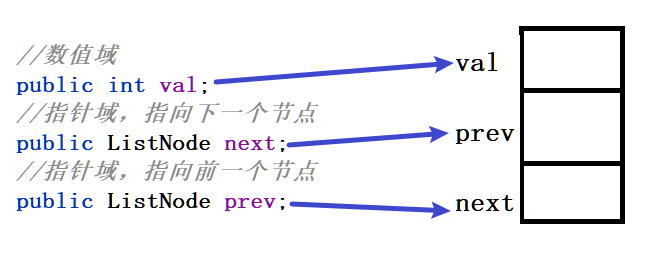
2. 头插法
第一步:让新插入的next 指向head节点
第二步:让head节点的prev指向新插入的节点
第三步:让head指向新插入的节点
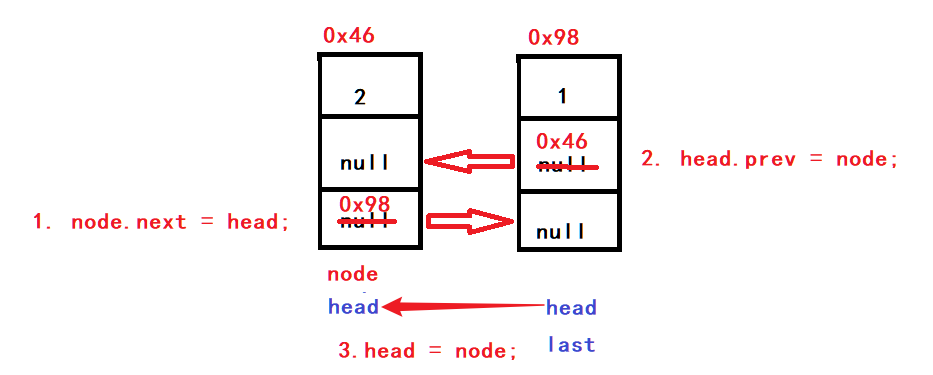
public void addFirst(int data) {ListNode node = new ListNode(data);if(head == null){head = node;last = node;}else {node.next = head;head.prev = node;head = node;}}
- 尾插法
第一步:让last节点的next指向新插入的节点
第二步:让新插入的prev指向last节点
第三步:让last指向新插入的节点

public void addLast(int data) {ListNode node = new ListNode(data);if (head == null) {head = node;last = node;} else {last.next = node;node.prev = last;last = node;}}
- 在指定位置插入元素
第一步:判断要插入的位置是否合法(0<=index<=链表的长度)
第二步:判断要插入的节点是否在0位置,如果在0位置,那么就使用头插法
第三步:判断要插入的节点是否在最后一个位置,如果在最后一个位置,那么就使用尾插法
第四步:如果要在中间插入,需要插入位置前一个节点的next域指向新节点,新节点的next域指向插入位置的原来的节点,新节点的prev域指向需要插入位置前一个节点,需要插入位置的原来的节点的prev域指向新节点,改变四个指针域的指向便可以将新节点插入需要插入的位置。
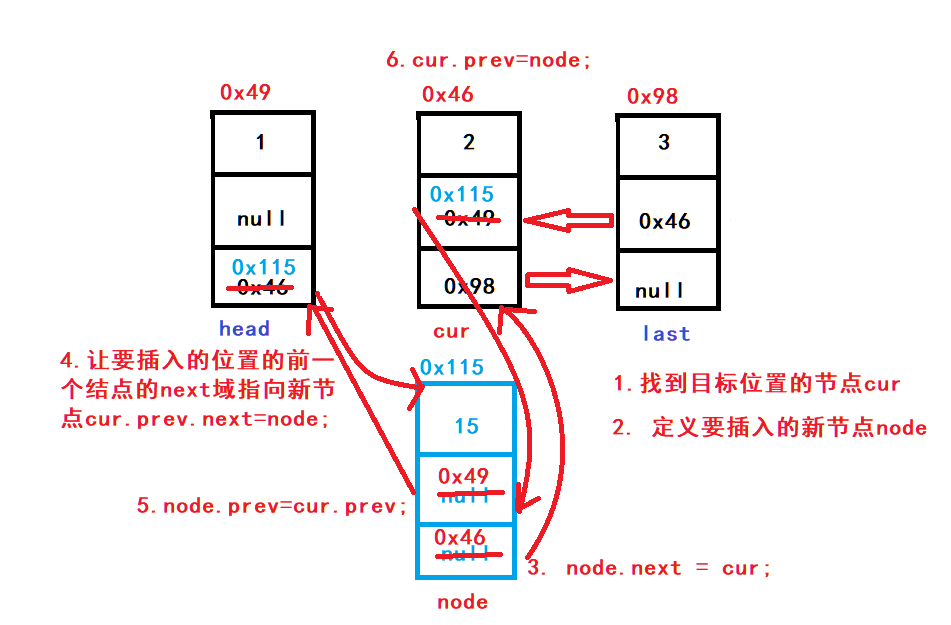
public void addIndex(int index, int data) {int len = size();//index小于0,或者大于链表的长度,插入位置不合法if (index < 0 || index > len) {throw new IndexOutOfBounds("要插入的位置小于0或者超过链表的长度,该位置不合法");}//如果在第一个节点插入,使用头插法if (index == 0) {addFirst(data);return;}//如果在最后一个节点插入,使用尾插法if (index == len) {addLast(data);return;}//中间位置//获取要插入的位置的节点ListNode cur = getNode(index);//新插入的节点ListNode node = new ListNode(data);//在中间位置插入节点元素ListNode prev = cur.prev;prev.next = node;node.next = cur;node.prev = prev;cur.prev = node;}public ListNode getNode(int index) {ListNode cur = this.head;while (index != 0) {index--;cur = cur.next;}return cur;}
5.删除指定节点
总共分为三种情况,分别如下:
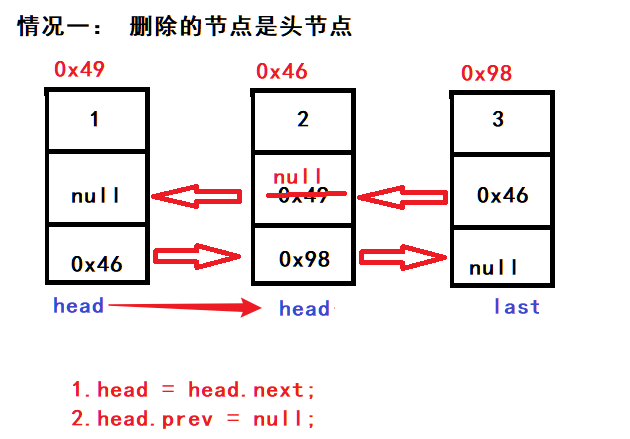

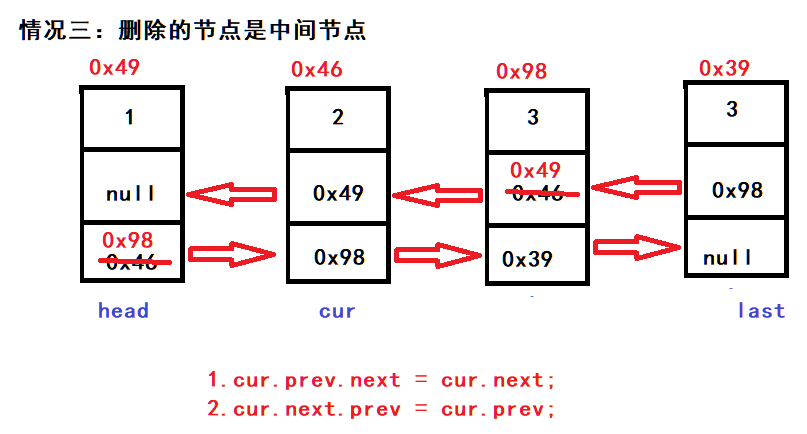
特殊情况:还需要考虑一种特殊情况,当量表中只存在一个节点,并且该结点时需要删除的节点的情况

public void remove(int key) {ListNode cur = this.head;while (cur != null) {//判断是否找到目标节点if(cur.val == key) {//要删除的节点是头节点的情况if(cur == head) {head = head.next;//链表中只有头节点一个节点,删除之后链表为空链表,last需要置为nullif(head == null) {last = null;}else {//链表中不止一个节点,需要将头节点的prev置为nullhead.prev = null;}return;}//要删除的节点是尾节点的情况if(cur == last) {cur.prev.next = cur.next;last = last.prev;return;}//要删除的节点是中间的节点的情况cur.prev.next = cur.next;cur.next.prev = cur.prev;return;}else {cur = cur.next;}}System.out.println("该节点不存在");}
- 链表置空
方式一:
head=null; last=null;
方式二:
1.使用cur局部变量,遍历链表,将每一个节点都置为null
2.将头节点和尾节点置为空
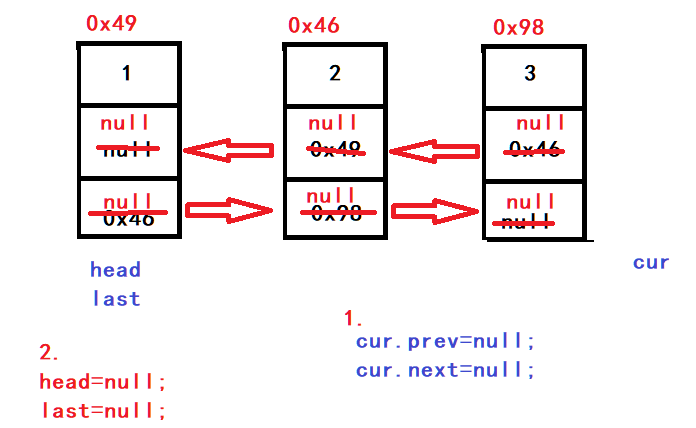
public void clear() {ListNode cur = this.head;while (cur != null) {ListNode curNext = cur.next;//如果是引用类型,还需要将数值域置为空
// cur.val = null;cur.prev = null;cur.next = null;cur = curNext;}head = null;last = null;}
【完整代码】:
双向、不带头节点、非循环链表的实现:LinkedList .class
public class LinkedList2 implements IList {static class ListNode {public int val;//数值域public ListNode next;//指针域,指向下一个节点public ListNode prev;//指针域,指向前一个节点public ListNode(int val) {this.val = val;}}public ListNode head;public ListNode last;@Overridepublic void addFirst(int data) {ListNode node = new ListNode(data);if (head == null) {head = node;last = node;} else {node.next = head;head.prev = node;head = node;}}@Overridepublic void addLast(int data) {ListNode node = new ListNode(data);if (head == null) {head = node;last = node;} else {last.next = node;node.prev = last;last = node;}}@Overridepublic void addIndex(int index, int data) {int len = size();//index小于0,或者大于链表的长度,插入位置不合法if (index < 0 || index > len) {throw new IndexOutOfBounds("要插入的位置小于0或者超过链表的长度,该位置不合法");}//如果在第一个节点插入,使用头插法if (index == 0) {addFirst(data);return;}//如果在最后一个节点插入,使用尾插法if (index == len) {addLast(data);return;}//中间位置//获取要插入的位置的节点ListNode cur = getNode(index);//新插入的节点ListNode node = new ListNode(data);//在中间位置插入节点元素ListNode curPrev = cur.prev;curPrev.next = node;node.next = cur;node.prev = curPrev;cur.prev = node;}public ListNode getNode(int index) {ListNode cur = this.head;while (index != 0) {index--;cur = cur.next;}return cur;}@Overridepublic boolean contains(int key) {ListNode cur = head;while (cur != null) {if (cur.val == key) {return true;}cur = cur.next;}return false;}@Overridepublic void remove(int key) {ListNode cur = this.head;while (cur != null) {//判断是否找到目标节点if (cur.val == key) {//要删除的节点是头节点的情况if (cur == head) {head = head.next;//链表中只有头节点一个节点,删除之后链表为空链表,last需要置为nullif (head == null) {last = null;} else {//链表中不止一个节点,需要将头节点的prev置为nullhead.prev = null;}} else if (cur == last) {//要删除的节点是尾节点的情况cur.prev.next = cur.next;last = last.prev;} else {//要删除的节点是中间的节点的情况cur.prev.next = cur.next;cur.next.prev = cur.prev;}return;} else {cur = cur.next;}}System.out.println("该节点不存在");}@Overridepublic void removeAllKey(int key) {ListNode cur = this.head;while (cur != null) {//判断是否找到目标节点if (cur.val == key) {//要删除的节点是头节点的情况if (cur == head) {head = head.next;//链表中只有头节点一个节点,删除之后链表为空链表,last需要置为nullif (head == null) {last = null;} else {//链表中不止一个节点,需要将头节点的prev置为nullhead.prev = null;}} else if (cur == last) {//要删除的节点是尾节点的情况cur.prev.next = cur.next;last = last.prev;} else {//要删除的节点是中间的节点的情况cur.prev.next = cur.next;cur.next.prev = cur.prev;}cur = cur.next;}System.out.println("该节点不存在");}}@Overridepublic int size() {int count = 0;ListNode cur = head;while (cur != null) {cur = cur.next;count++;}return count;}@Overridepublic void clear() {ListNode cur = this.head;while (cur != null) {ListNode curNext = cur.next;
// cur.val = null;cur.prev = null;cur.next = null;cur = curNext;}head = null;last = null;}@Overridepublic void display() {ListNode cur = head;while (cur != null) {System.out.print(cur.val + " ");cur = cur.next;}System.out.println();}
}
4.LinkedList的使用
4.1 什么是LinkedList
LinkedList 的官方文档
LinkedList的底层是双向链表结构(链表后面介绍),由于链表没有将元素存储在连续的空间中,元素存储在单独的节点中,然后通过引用将节点连接起来了,因此在在任意位置插入或者删除元素时,不需要搬移元素,效率比较高。
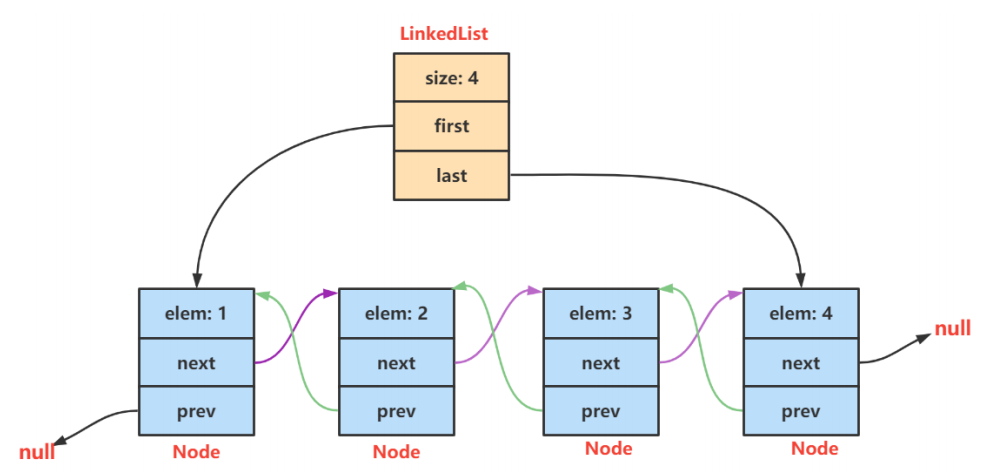
在集合框架中,LinkedList也实现了List接口,具体如下:
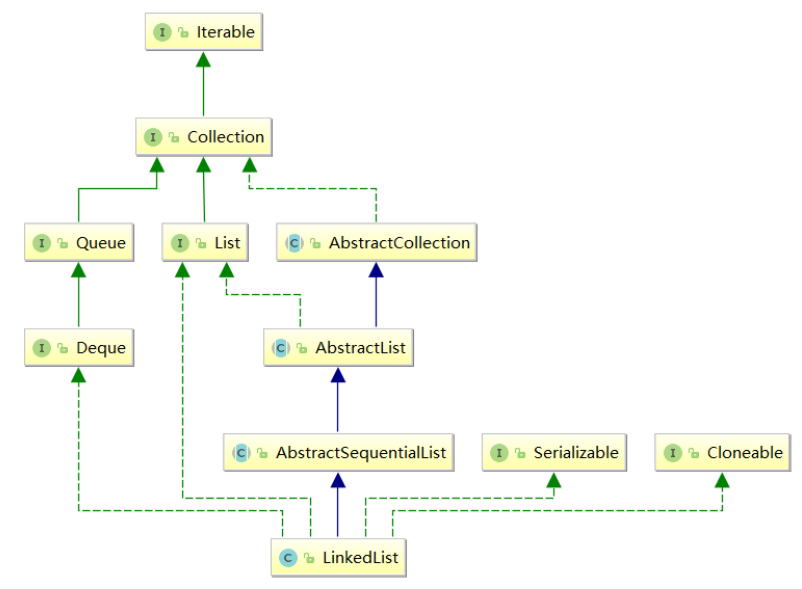
【说明】
1. LinkedList实现了List接口
2. LinkedList的底层使用了双向链表
3. LinkedList没有实现RandomAccess接口,因此LinkedList不支持随机访问
4. LinkedList的任意位置插入和删除元素时效率比较高,时间复杂度为O(1)
5. LinkedList比较适合任意位置插入的场景
4.2 LinkedList的使用
4.2.1. LinkedList的构造
| 方法 | 解释 |
|---|---|
| LinkedList() | 无参构造 |
| public LinkedList(Collection<? extends E> c) | 使用其他集合容器中元素构造List |
public static void main(String[] args) {// 构造一个空的LinkedListList<Integer> list1 = new LinkedList<>();List<String> list2 = new java.util.ArrayList<>();list2.add("JavaSE");list2.add("JavaWeb");list2.add("JavaEE");// 使用ArrayList构造LinkedListList<String> list3 = new LinkedList<>(list2);
}
4.2.2. LinkedList的其他常用方法介绍
| 方法 | 解释 |
|---|---|
| boolean add(E e) | 尾插 e |
| void add(int index, E element) | 将 e 插入到 index 位置 |
| boolean addAll(Collection<? extends E> c) | 尾插 c 中的元素 |
| E remove(int index) | 删除 index 位置元素 |
| boolean remove(Object o) | 删除遇到的第一个 o |
| E get(int index) | 获取下标 index 位置元素 |
| E set(int index, E element) | 将下标 index 位置元素设置为 element |
| void clear() | 清空 |
| boolean contains(Object o) | 判断 o 是否在线性表中 |
| int indexOf(Object o) | 返回第一个 o 所在下标 |
| int lastIndexOf(Object o) | 返回最后一个 o 的下标 |
| List subList(int fromIndex, int toIndex) | 截取部分 list |
public static void main(String[] args) {LinkedList<Integer> list = new LinkedList<>();list.add(1); // add(elem): 表示尾插list.add(2);list.add(3);list.add(4);list.add(5);list.add(6);list.add(7);System.out.println(list.size());System.out.println(list);// 在起始位置插入0list.add(0, 0); // add(index, elem): 在index位置插入元素elemSystem.out.println(list);list.remove(); // remove(): 删除第一个元素,内部调用的是removeFirst()list.removeFirst(); // removeFirst(): 删除第一个元素list.removeLast(); // removeLast(): 删除最后元素list.remove(1); // remove(index): 删除index位置的元素System.out.println(list);// contains(elem): 检测elem元素是否存在,如果存在返回true,否则返回falseif(!list.contains(1)){list.add(0, 1);}list.add(1);System.out.println(list);System.out.println(list.indexOf(1)); // indexOf(elem): 从前往后找到第一个elem的位置System.out.println(list.lastIndexOf(1)); // lastIndexOf(elem): 从后往前找第一个1的位置int elem = list.get(0); // get(index): 获取指定位置元素list.set(0, 100); // set(index, elem): 将index位置的元素设置为elemSystem.out.println(list);// subList(from, to): 用list中[from, to)之间的元素构造一个新的LinkedList返回List<Integer> copy = list.subList(0, 3); System.out.println(list);System.out.println(copy);list.clear(); // 将list中元素清空System.out.println(list.size());
}
4.2.3. LinkedList的遍历
public static void main(String[] args) {LinkedList<Integer> list = new LinkedList<>();list.add(1); // add(elem): 表示尾插list.add(2);list.add(3);list.add(4);list.add(5);list.add(6);list.add(7);System.out.println(list.size());//方式一: foreach遍历for (int e:list) {System.out.print(e + " ");}System.out.println();//方式二:for循环for (int i = 0;i < list.size();i++) {System.out.print(list.get(i) + " ");}System.out.println();//方式三:迭代器// 使用迭代器遍历---正向遍历ListIterator<Integer> it = list.listIterator();while(it.hasNext()){System.out.print(it.next()+ " ");}System.out.println();// 使用反向迭代器---反向遍历ListIterator<Integer> rit = list.listIterator(list.size());while (rit.hasPrevious()){System.out.print(rit.previous() +" ");}System.out.println();
}
5. ArrayList和LinkedList的区别
| 不同点 | ArrayList | LinkedList |
|---|---|---|
| 存储空间上 | 物理上一定连续 | 逻辑上连续,但物理上不一定连续 |
| 随机访问 | 支持O(1) | 不支持:O(N) |
| 头插 | 需要搬移元素,效率低O(N) | 只需修改引用的指向,时间复杂度为O(1) |
| 插入 | 空间不够时需要扩容 | 没有容量的概念 |
| 应用场景 | 元素高效存储+频繁访问 | 任意位置插入和删除频繁 |
- 如果是经常根据下标进行查找使用顺序表(ArrayList)
- 如果是经常插入和删除操作的可以使用链表(LinkedList)
